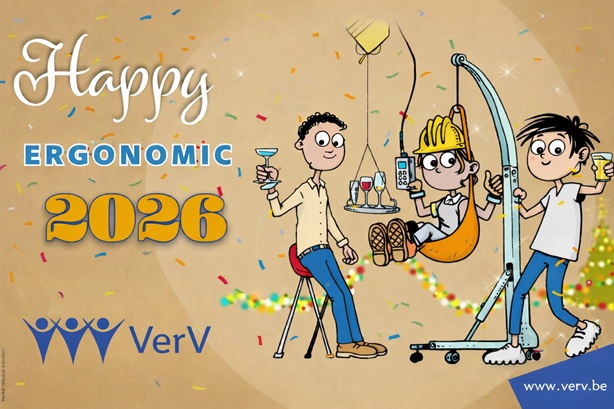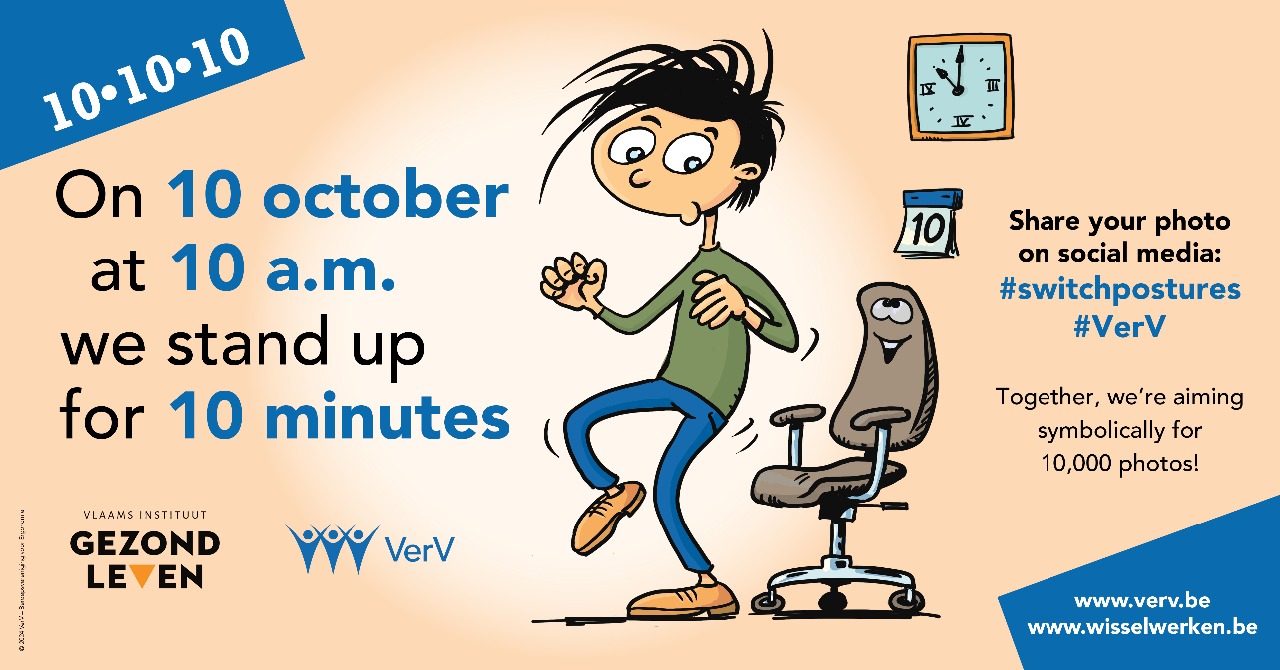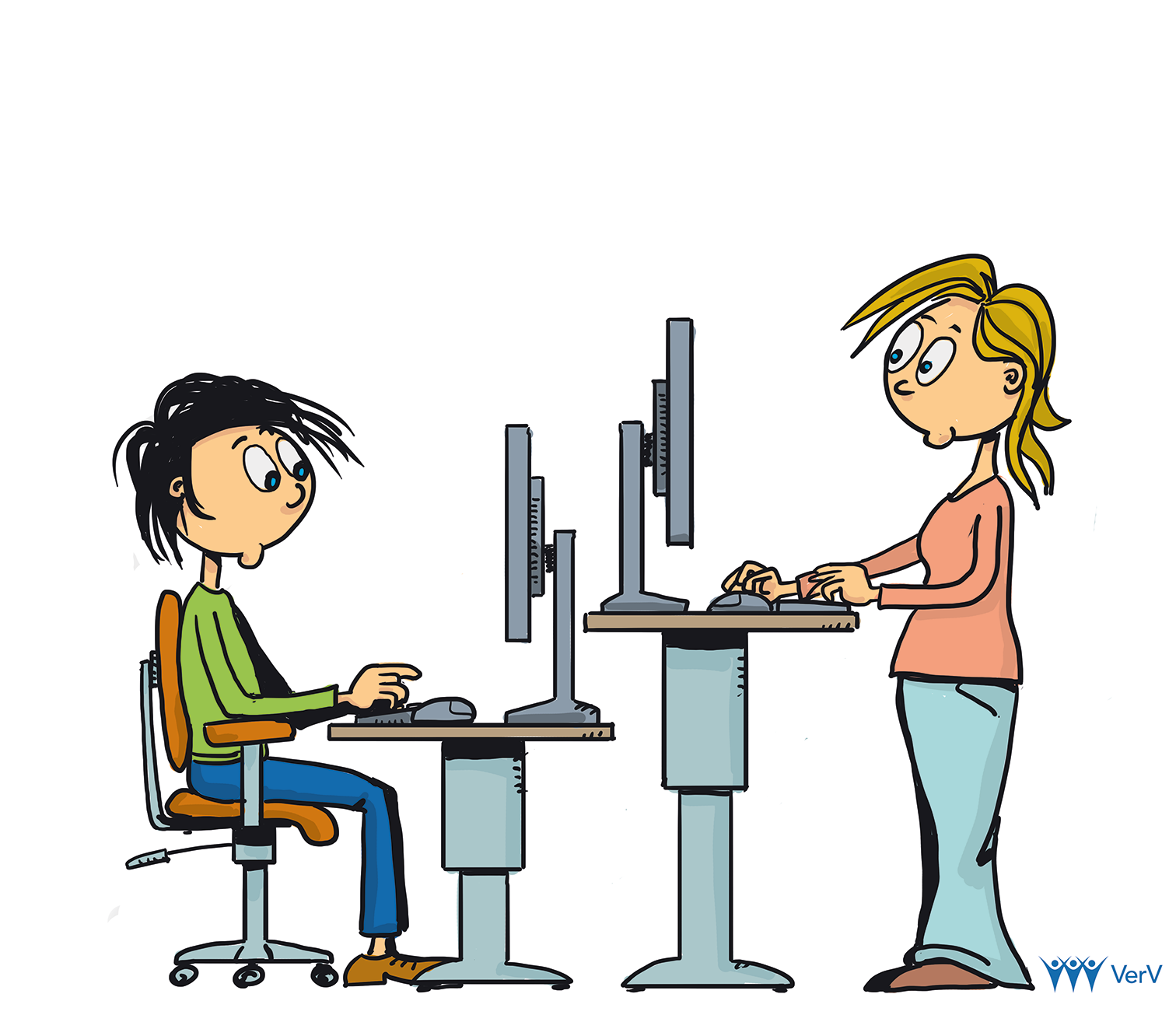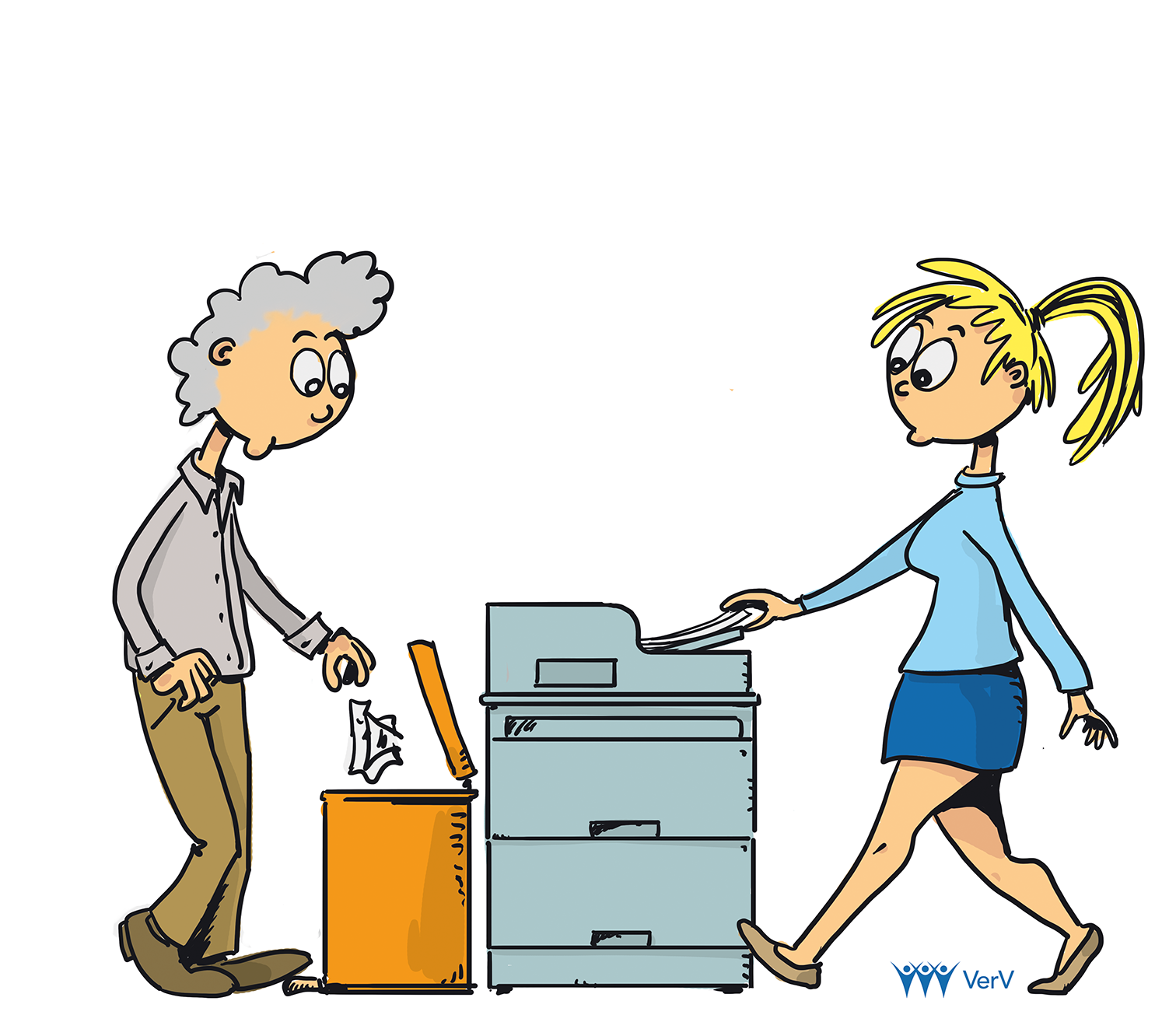
10-10-10 campaign
On October 10th at 10 a.m., we will all stand up for 10 minutes.
Will you join us? We would like to invite everyone with a sedentary job to collectively change their working posture on October 10th at 10 a.m. for 10 minutes. That means: interrupt sitting and instead stand or move.
This year, we aim for 10,000 photos on social media – because it’s all about the magic number 10: October 10th, 10 minutes, at 10 a.m.! The more people participate, the greater the visibility and the more impact our action will have. That’s why we call on everyone to share a photo of how they alternate work on October 10th with #switch postures and #VerV. You might win an electric sit-stand desk from Health2Work to alternate even better!

Why change your working posture?
A small effort with proven effects: you burn more fat and calories, protect your body against cardiovascular diseases and diabetes, and strengthen your muscles, reducing the risk of back pain. What’s more, your energy levels go sky high.
Changing working postures: 5 tips
1. Standing work works
By occasionally interrupting sitting and standing up regularly, you get an instant energy boost. With a sit-stand desk, it’s very easy. Sitting too long? Stand up, place your desk at elbow height and voilà: you can continue working, but standing.
No sit-stand desk? No problem. Interrupt sitting regularly: get a glass of water or take a short walk. Even during a phone call, you can easily stretch your legs or talk while walking. Make it a habit, at home and at the office! You won’t lose time and you’ll gain steps on your pedometer.

2. Meetings? Don’t stay glued to your chair!
A short meeting? Hold it standing. You’ll make better decisions and the meeting will go faster. Short meetings are great for standing, but don’t stay seated during long ones either. Stand up regularly and encourage your colleagues to do the same. Don’t forget to take plenty of breaks during long meetings and take the opportunity to stretch your legs.
Is the meeting online? That doesn’t have to be a barrier! Raise your laptop – or at home use an ironing board or kitchen counter – and follow the meeting while standing. If the meeting allows, you can participate while walking.

3. Move in between
Movement is in small choices. Take the stairs instead of the elevator when possible. Working on a higher floor? Start slowly and take the stairs halfway, then use the elevator. Want to ask a colleague something? Drop by instead of emailing or calling. Have a few minutes between appointments? Use that waiting time for a short walk through the hallway or around the building. Every step counts. This way, you’ll gather a lot of extra movement throughout your day without noticing. Small effort, big effect!

4. Make your break a moment to move
Take time at lunch not only to eat but also to move. Eat standing at a high table, take a short walk or hop on your bike. This helps you relax and recharge.
Working at the office? Arrange an active break with a few colleagues. Even outside lunch, it’s good to stand up regularly and step away from your chair and screen. This keeps both your body and mind fresh to dive back into work.

5. Choose active commuting
Try not to use the car to go to work. If it’s too far to go by bike, see if you can do part of your journey on foot, by bike or by public transport. In short: avoid traffic jams, choose sustainable mobility options and spend less time sitting still.
If you work from home and cycling or walking to work is no longer an option, go outside anyway, before or after work or during a break. Go for a bike ride alone or with a family member or go for a walk: it will energize your body and clear your head. Because being outside does wonders for your mood. It will also give you your daily dose of vitamin D, which is good for your resistance. Win-win!

Getting the working environment ready for changing working postures? The practical office design guideline gives concrete recommendations for designing the office and teleworking environment ergonomically and creating opportunities for changing working postures.
